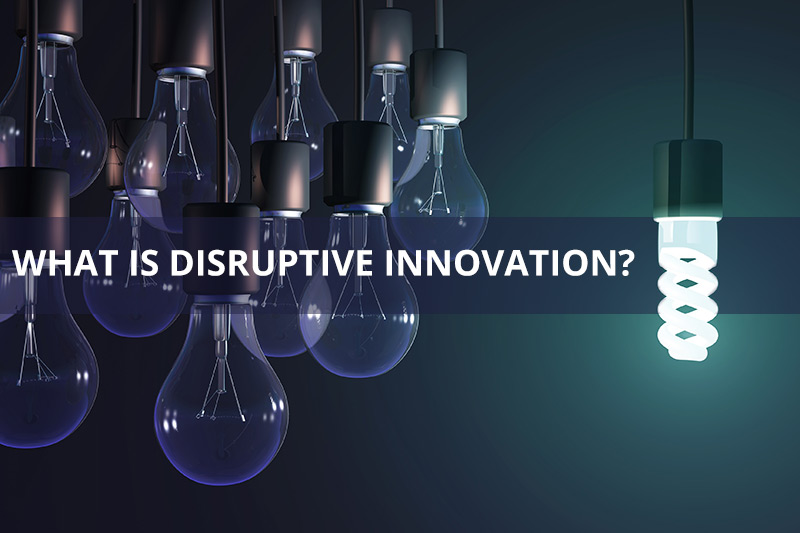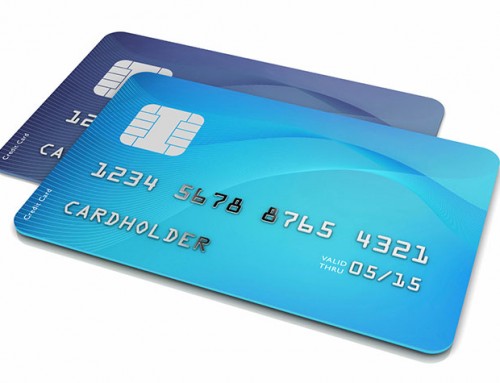You may have heard the term disruptive innovation being mentioned in business meetings, by clients, or in the news lately. It is a term being bandied around (often wrongly used!) to describe successful business ventures changing industry standards. However, you may not know exactly what the term means. In this article, we have everything you need to know about disruptive innovation and how it works.
The Disruptive Innovation Business Model
Disruptive innovation sees an overlooked business niche opportunity and providing the service they need. This new service is offered at a much lower rate than the main service providers offer. Because the new business is targeting such a low-end and niche demographic, the original service providers don’t try and compete with the new business. However, over time, the niche demographic grows, and with it, the business expands their services to be directly competing with the main service providers. As the niche demographic grows, it becomes a commonplace request within the wider market, and eventually, the original service providers find that their own customers move away to the new business, favouring their lower prices and more advanced service. The original service provider cannot compete and often goes out of business. Once the niche demographic becomes the main market and the new service comes to be expected, disruptive innovation has occurred.
Case Study: Netflix
One fantastic example of disruptive innovation working in the marketplace is the rise of Netflix. Now almost as commonplace as regular TV access, Netflix started life as a mail order service. It was designed to target the niche market of Blockbuster users who would rather order their film selection online and have it delivered to them rather than go to a store. The service didn’t appeal to the mass of Blockbuster’s customers who wanted their movie there and then, so Blockbuster didn’t compete. Over time, Netflix’s market grew slowly, and then ballooned massively when they combined their mail order service to online streaming. This meant that their customers now had the instant gratification that they used to rely on Blockbuster for, but with the added convenience of not having to leave their homes. Blockbuster could not compete and its international success crumbled. Blockbuster went bankrupt in many countries, and in others is reduced to a vending machine service.

How is Disruptive Innovation Different to Sustaining Innovation?
Disruptive innovation is often confused with sustaining innovation because both revolutionise industry standards. However, sustaining innovation is a more commonly used business model than disruptive innovation because it allows services to be improved for existing customers rather than entering the market at a low-end, niche market and slowly building a client base. Sustaining innovation reaps the rewards much quicker than disruptive innovation, but has the downfall of easily being copied by competitors. So, while disruptive innovation provides a real threat to competitors, sustaining innovation is more likely to be offered industry-wide once in play.
Case study: Master Dry Cleaners
A good example of a sustaining innovation can be found right here in Melbourne. Dry cleaning experts, Master Dry Cleaners, came up with a revolutionary service to make having your clothes dry cleaned even simpler for the customer. They now offer a pickup and delivery service in which customers can request their clothes to be picked up at a convenient time and returned to them in pristine condition. Where this differs from a disruptive innovation is that it appeals to the majority or dry cleaning customers rather than a niche market. Indeed, they are already experiencing a huge demand for the service because it is so easy and convenient. However, as this service becomes more in-demand, other dry cleaners will begin offering the service to compete, or else risk losing customers.





The example that you gave for sustaining innovation highlights the reason that every business must be alert for instances of sustaining innovation. With their new delivery service, Master Dry Cleaners have transformed the website that sells the Grocery Gripp from a B2C company into one that can function as a B2B company as well. Their Gripp allows for hands-free transport of a bag of dry cleaning.